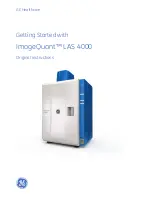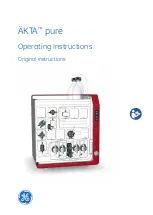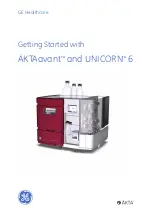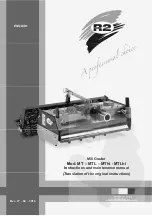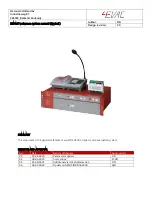
Manual
KOMPAKTOMAT K300P | K400PS | K450PS
5
│
44
TECHNICAL PARAMETERS
K300P
K400PS
K450PS
Working width (mm)
3000
4000
4500
Transport width (mm)
3000
Transport height (mm)
1650
2670
3030
Total length of the machine
(mm)
5965
Working depth (mm)
0-100
Number of shares A/B/C
13/30/12
18/39/16
20/47/20
Working performance (ha/hour)
2,2-3,2
3-4
3,5-4,5
Working speed (km/hour)
8-12
Maximum transport speed
(km/hour)
20
Maximum slope accessibility (°)
6
Tyre dimensions (type)
400/60-15,5 145A8
Tyre pressure (kPa)
350
Max. weight of the machine
(standard version)
2360
3010
3340
Oil filling HLP 46 DIN51524-2 (l)
4
7
Requirement for the engine
power of the tractor (kW)*
70
90
110
Requirement for tractor
aggregation
STANDARD EQUIPMENT
Spacing of the bottom
hitch joints (as
measured on the joint
axes)
870 +/- 1,5 mm
of the bottom hitch
joint holes for the hitch
pins of the machine
STANDARD EQUIPMENT
37.5mm
ABOVE-STANDARD EQUIPMENT
29mm
Requirement for the hydraulic
system of the tractor
STANDARD EQUIPMENT
- Side frame folding
circuit
Pressure in the circuit 200bar, 2 sockets for snap
coupling ISO 12.5
STANDARD EQUIPMENT
- Axle lifting circuit
Pressure in the circuit 200bar, 2 sockets for snap
coupling ISO 12.5
ABOVE-STANDARD
EQUIPMENT
- Front leveller control
circuit
Pressure in the circuit 200bar, 2 sockets for snap
coupling ISO 12.5
ABOVE-STANDARD
EQUIPMENT
- Share depth control
circuit
Pressure in the circuit 200bar, 2 sockets for snap
coupling ISO 12.5
ABOVE-STANDARD
EQUIPMENT
- Drill machine drive fan
circuit
PRESSURE BRANCH – circuit with oil supply
priority
Pressure in the circuit 130bar, 1 socket for snap
coupling ISO 12.5,
Maximum flow 40 l/min
WASTE BRANCH – free waste into the oil tank
Pressure in the circuit 5bar, 1 socket for snap
coupling ISO 20
Requirement for the air system of
the tractor
ABOVE-STANDARD
EQUIPMENT
- Machine axle braking
circuit
Pressure in the circuit at least 6bar – max. 15bar,
2 coupling heads of single-circuit two-hose brakes
* These values are only as recommended tractive equipment. The actual tractive force may substantially differ according to the processing
depth, soil conditions, slope of the land, wear and tear of working parts and their adjustment.






















